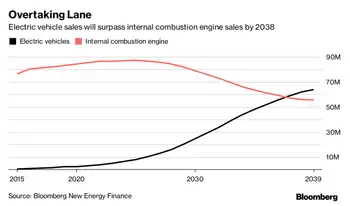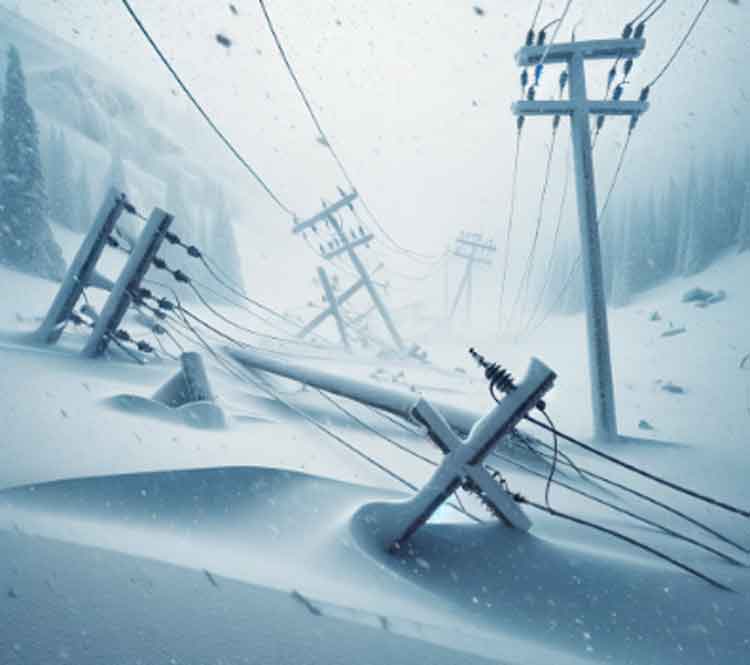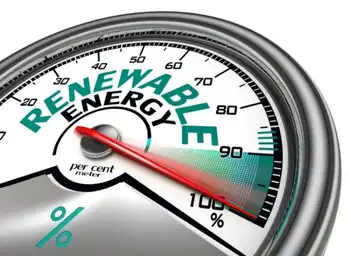Texas mayors urge legislature to fix deregulation faults
By Business Wire
High Voltage Maintenance Training Online
Our customized live online or in‑person group training can be delivered to your staff at your location.

- Live Online
- 12 hours Instructor-led
- Group Training Available
Speaking during two key Texas House committee meetings, the municipal leaders urged support for a package of bills intended to correct flaws in the stateÂ’s deregulated electricity market. The bills were introduced by Texas state Reps. Burt Solomons, R-Carrollton, chairman of the House State Affairs Committee; Jim Keffer, R-Eastland, chairman of the Energy Resources Committee; and David Farabee, D-Wichita Falls.
Several of the city officials noted that after paying electricity rates below the national average for many years, Texans now pay prices above the national average. Speaking during a State Affairs committee meeting, Denison Mayor Robert Brady said his city lost a $150 million new glass company in 2005 to Oklahoma because of lower industrial energy rates just a few miles north of his city across the state border.
“A community of my size can’t afford to lose that kind of development because there is no way to make that up,” he said. “The state of Oklahoma’s electric rates are much lower than those of Texas.”
Retired Eastland city manager Don Wilson echoed those sentiments.
“Economic development is important for a small town,” he said. “It comes down to affordable power for our city and our citizens.”
Lewisville Mayor Gene Carey said Texas consumers are not seeing the lower electric rates promised by the architects of Texas electric deregulation. Electric prices have increased by a greater percentage in Texas than they have in most other states – including most deregulated ones.
“I’m here to ask for relief for utility customers,” he said. “I have fought utility companies for 16 years, and it has been a constant battle over the rates. I am tired of utility companies telling us what a great deal we are getting.”
At the recent Capitol hearing, members of the House Energy Resources Committee heard a separate delegation of municipal officials express support for legislation that would allow Texas residents to seek savings on their electric bills through group purchasing.
Keffer said he is sponsoring the measure, House Bill 2780, in response to numerous and continuing complaints from constituents that deregulation has not produced the promised relief from high electric bills. The bill is backed by more than 150 Texas municipalities.
“Critics have described opt-out aggregation programs as slamming or as anti-consumer choice. This is absolutely false,” he said. “The whole purpose of this bill is to bring relief to our consumers with lower electricity prices.”
Typical of testimony at the hearing were comments by Port Lavaca City Manager Gary Broz who said only 10 percent of the cityÂ’s population has taken advantage of deregulation by switching electricity providers. His city, along with the 150 member cities of both Cities Aggregation Power Project (CAPP) and the South Texas Aggregation Power Project, save money by bulk purchasing electricity for municipal needs and are seeking to make similar savings available to Texas residential consumers.
“If you ask most people, they say the process is too complicated, they are scared of switching and worry whether they will still have power if they were to switch providers,” he said.
The comments were delivered in support of a package of legislation supported by the Cities Aggregation Power Project that includes the following:
• House Bill 2782, by Rep. Keffer, would limit ownership or control of generation capacity to no more than 20 percent of total generation capacity within each of ERCOT’s four congestion zones. This is intended to enhance competition and mitigate market power abuses.
• House Bill 2781, by Rep. Keffer, calls for ERCOT to abandon its misguided efforts to surcharge certain wholesale electricity costs by specific geographic points known as nodes. The creation of this so-called “nodal” system is projected to cost nine times more than original estimates. It also will likely increase consumer bills in many parts of Texas.
• House Bill 2780, by Rep. Keffer, would permit cities to create and implement opt-out citizen aggregation programs. This would enhance competitive options for all market participants and lower prices.
• House Bill 3245, by Rep. Solomons, would implement a series of important customer protections, including prohibitions against electric disconnections during days of intense summer heat.
• HB 2851, by Rep. Farabee, would allow entities harmed by market power abuse to participate in enforcement actions brought by the Public Utility Commission.











